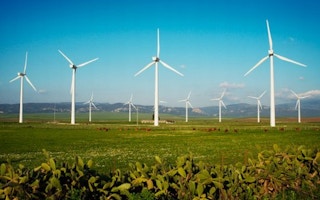A report on future power needs in NSW has identified wind energy - which has been publicly derided by the Premier, Barry O’Farrell - as a solution and investment opportunity for NSW.
The Australian Energy Market Operator - an independent company that closely monitors and operates the national electricity network - has released a report that says investment interest is focused on supplying renewable energy such as wind and gas during periods of peak demand on the hottest and coldest days of the year. The report says investors are less interested in base load generation, which provides energy all year round.
The opposition energy spokesman, Luke Foley, said the report showed NSW needed to focus more on generating extra power during periods of peak demand on the hottest and coldest days of the year.
The Australian Energy Market Operator expects increased interest in wind generation investment by 2016, with a potential shortfall in capacity to meet large-scale renewable energy targets in the second half of the decade.
”Yet the NSW government’s draft guidelines for new wind farm developments are designed to chronically handicap the expansion of the wind industry in this state,” Mr Foley said.
”The government has also placed prohibitive costs in the way of wind farm developments.”
Mr Foley said the wind industry in NSW had the potential to generate 3000 megawatts of wind energy to help future needs. ”According to the Australian Energy Market Commission, new wind energy projects in Victoria facilitated by the renewable energy target will actually deliver lower wholesale electricity price increases than what will be seen in NSW,” he said.
”Rather than attacking wind farms, the O’Farrell government should require its own planning review to come up with a sensible and workable planning regime for the development of the wind industry in NSW.”
The NSW Planning Minister, Brad Hazzard, said the government was close to finalising guidelines for wind farms and is happy to support ”well-planned wind farms, which do not cause unreasonable impacts on local communities and residents”.
”In regard to fees, wind farms pay fees based on a capital investment value scale which also applies to other major projects in NSW,” he said.
”These fees pay for the department’s independent, rigorous and detailed assessment process.”










